The Downfall of Bridgewater Commons
It has been no surprise that technology has taken over the US in all fields including the way we shop. This is great for companies like Amazon which are worth trillions of dollars, but for brick and mortar stores, this is an absolute catastrophe. Over the last few years, many companies have gone bankrupt due to this and this means one thing: the death of shopping malls.
This isn’t just a made-up thing; the death of shopping malls is usually associated with the “retail apocalypse.” A 2017 report by Credit Suisse predicted that 1 in 4 malls would close by 2022. That same report also states there are an estimated 1,200 abandoned malls either left to rot, turned into a warehouse fulfillment center, or something similar. More than 12,200 major retail store locations permanently closed in 2020 or 159 million square feet of emptied retail space. This shows the severity of the situation and Bridgewater Commons is getting ever closer to it.
The mall has been slowly losing its tenets as well as anchor stores. In the span of 2 years Forever 21 (Riley Rose), Hanna Anderson, GameStop, Lord & Taylor, Disney Store, Uniqlo, Starbucks, Aldo, Crate and Barrel, J.Jill, and a few lesser-known stores had closed their doors either permanently or temporarily in the past decade. The mall has never been more vacant and it’s ever more apparent if you go there, especially the Lower Floor. The future for the mall is not looking bright and we can potentially expect a closing for the 900,000 sq ft property in the next decade or so.
Xin Chào!, My name is Bill and I´m a Vietnamese freshman at MHS. During my spare time, I like to play simulation games and listen to music (specifically...

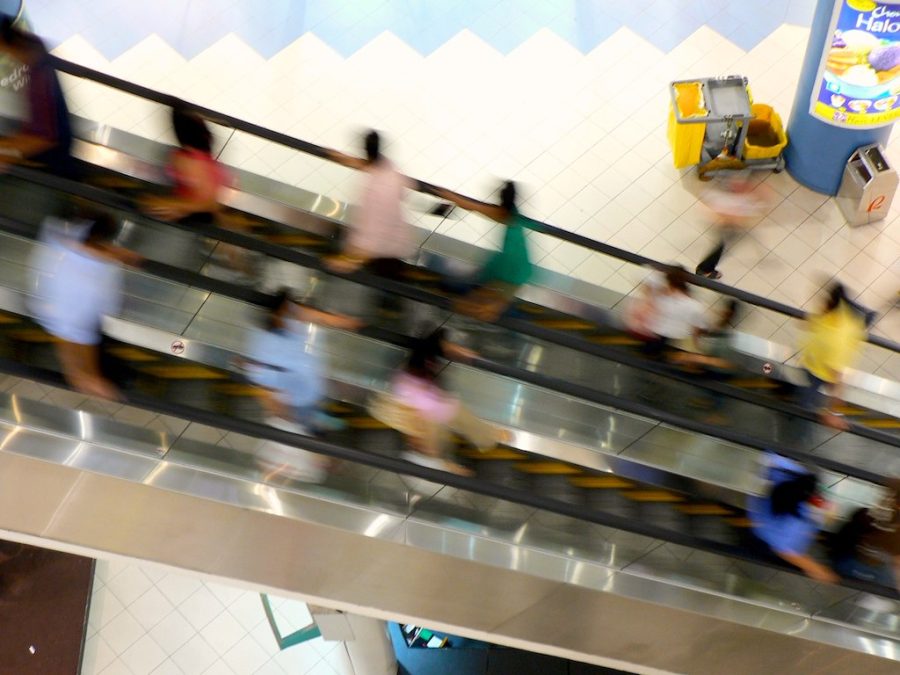
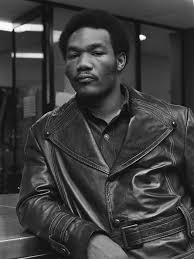



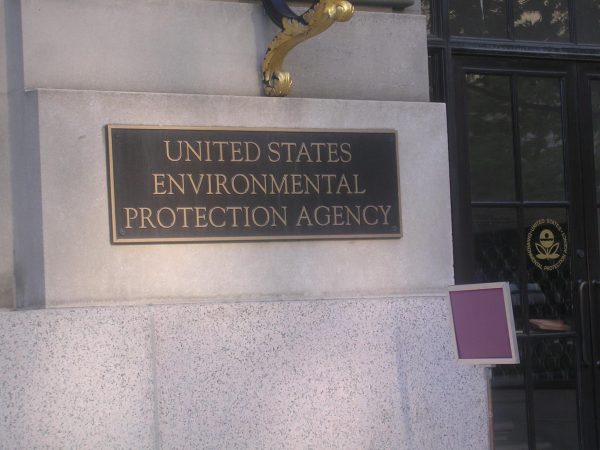

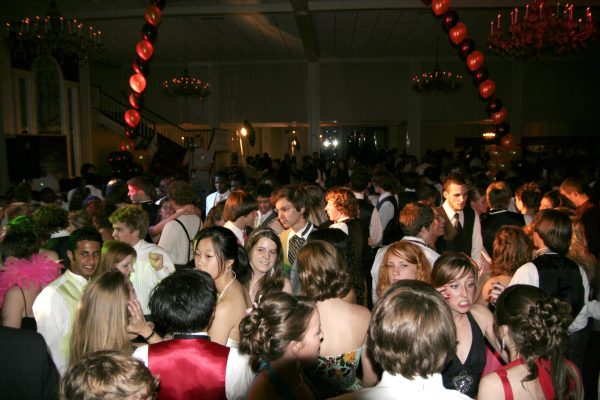

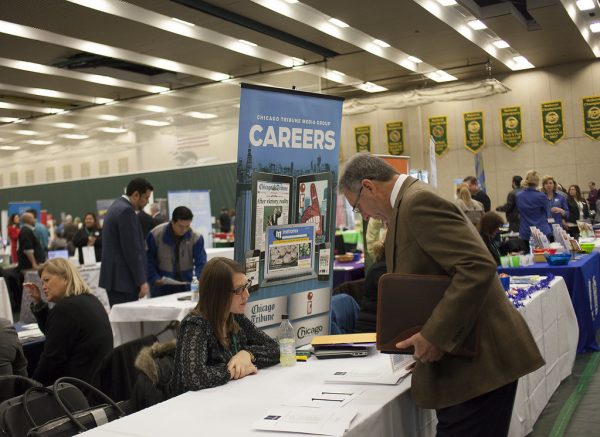

Rick Gundlach • Oct 18, 2023 at 10:07 am
You are right, in that the mall was sold to yet somebody else in mid 2023, and they are trying to bring in other tenants.
The town sages of 50 years ago were warning against mall development, but the powers that were would not listen! They insisted on having a local mall because they were too lazy to drive down to Middlesex County.
There was a saying that “retail is fluid”, and sure enough, come 2023, the money people can’t figure out what to do with Bridgewater Commons. When I was through there during the pandemic (September 2020), I was surprised to walk through there one evening, and the place seemed abandoned. All these boarded up stores—something Somerville downtown never became!
Bridgewater would have been much better off with a genuine “main street” development, with mixed-use, residential, and maybe some corporate. Mall was NOT the way to go, but just try to tell that to the know-it-alls of the 1970s/80s.